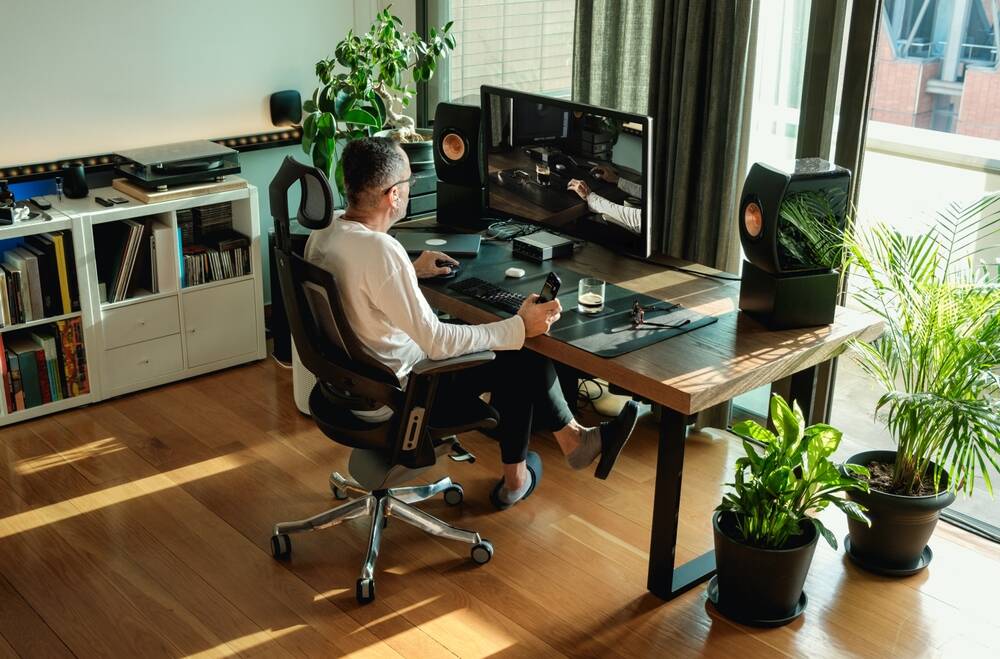
"Having large houseplants or an extensive collection of indoor plants can impact your broadband speed, Broadband Genie states. This is because moist soils and dense foliage can absorb and deflect signals, and while this effect is typically only minor, in a small flat or room with lots of plants this can have a real and measurable impact on your internet speed, it claims."
"But in a typical home, the walls and intervening floors and ceilings are likely to be the biggest barriers to Wi-Fi signals, unless perhaps, your house is a cannabis farm. Not to mention interference from your neighbors' networks, if you have numerous other homes close by (this writer has many neighbors and can report five or six other networks visible when using a Wi-Fi analyzer app)."
"The biz claims that in an experiment by "Broadband Genie researchers," it found moving your router away from your houseplants could increase the broadband speed by 36 percent. This could be because they moved the router closer to whatever device they were testing with. "We were shocked to discover just how much of a difference it can make simply moving your router away from your houseplant collection," says the firm's "Broadband Expert" Peter Ames."
Large houseplants and dense indoor foliage can absorb and deflect Wi‑Fi signals because moist soils and leaves attenuate radio waves. Moving a router away from a concentrated plant collection can produce measurable broadband speed gains, with an experiment reporting a 36 percent increase, although such gains may result from relocating the router closer to the tested device. In typical homes, walls, floors and ceilings are usually the biggest barriers to Wi‑Fi, and nearby neighbors' networks can cause interference. Routers should not be tucked behind plant pots; place routers centrally and away from dense greenery for best performance.
Read at Theregister
Unable to calculate read time
Collection
[
|
...
]